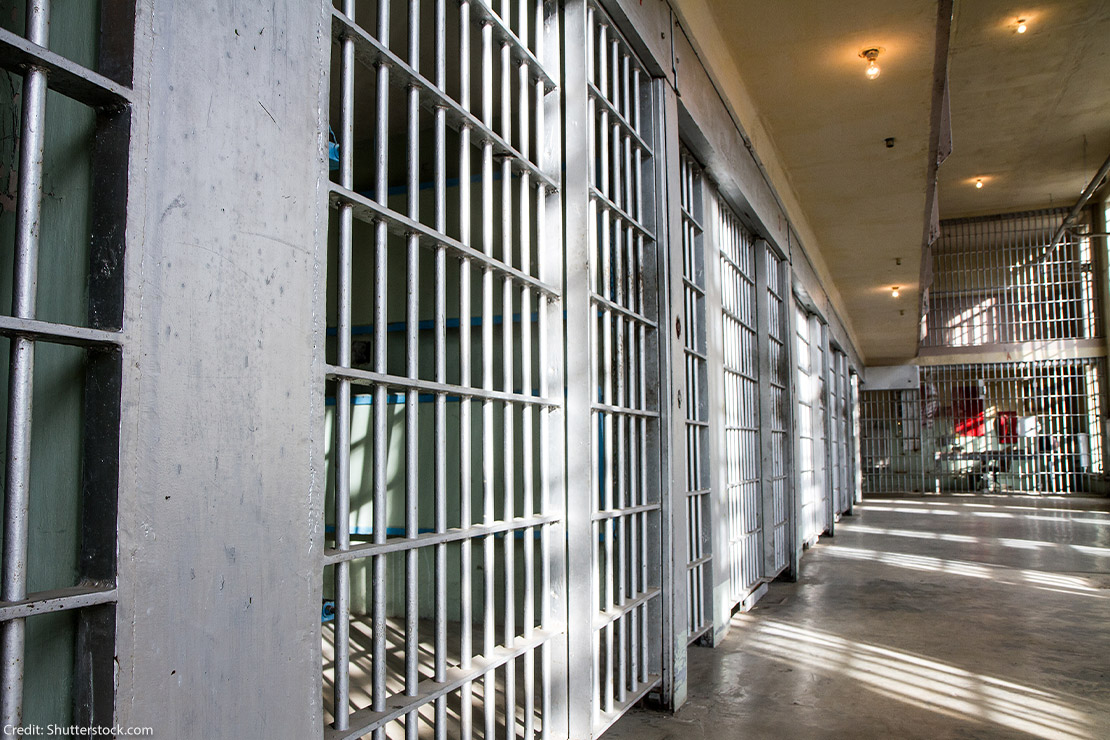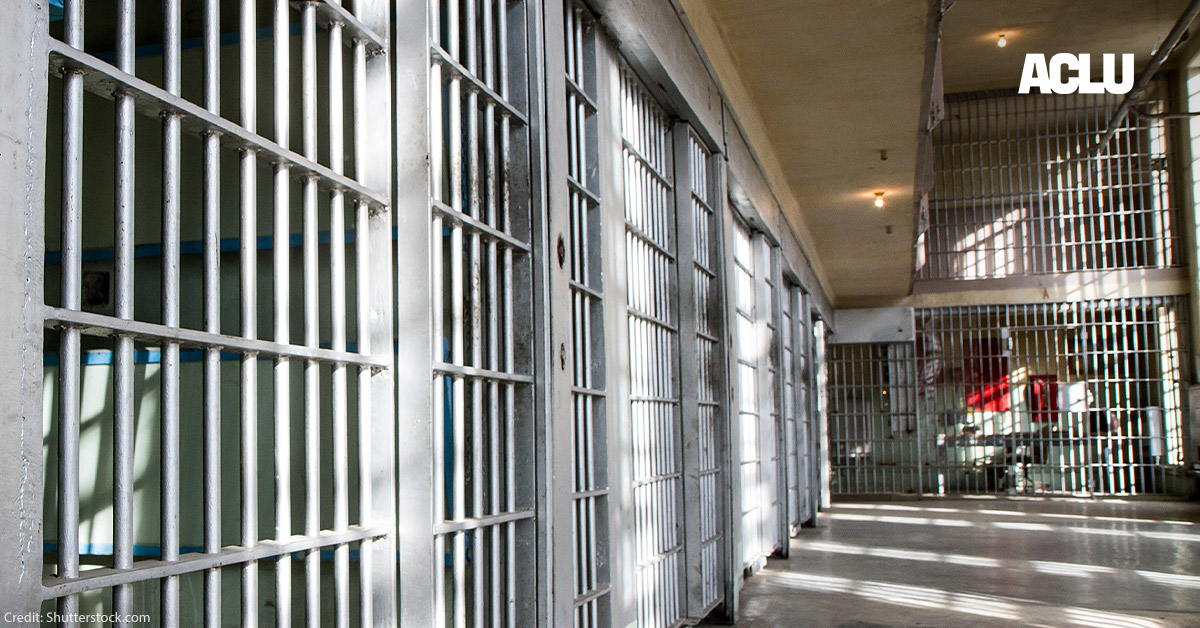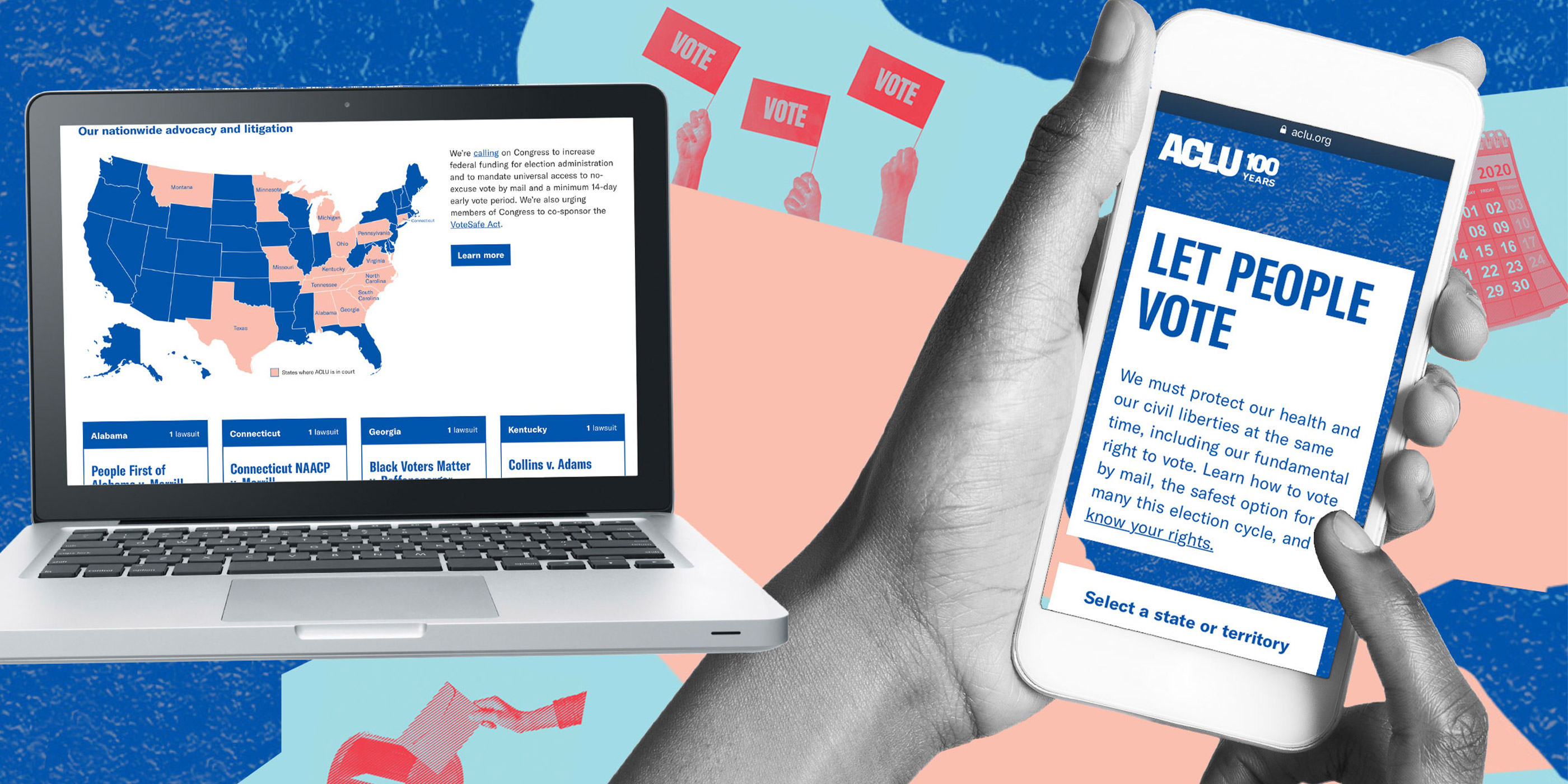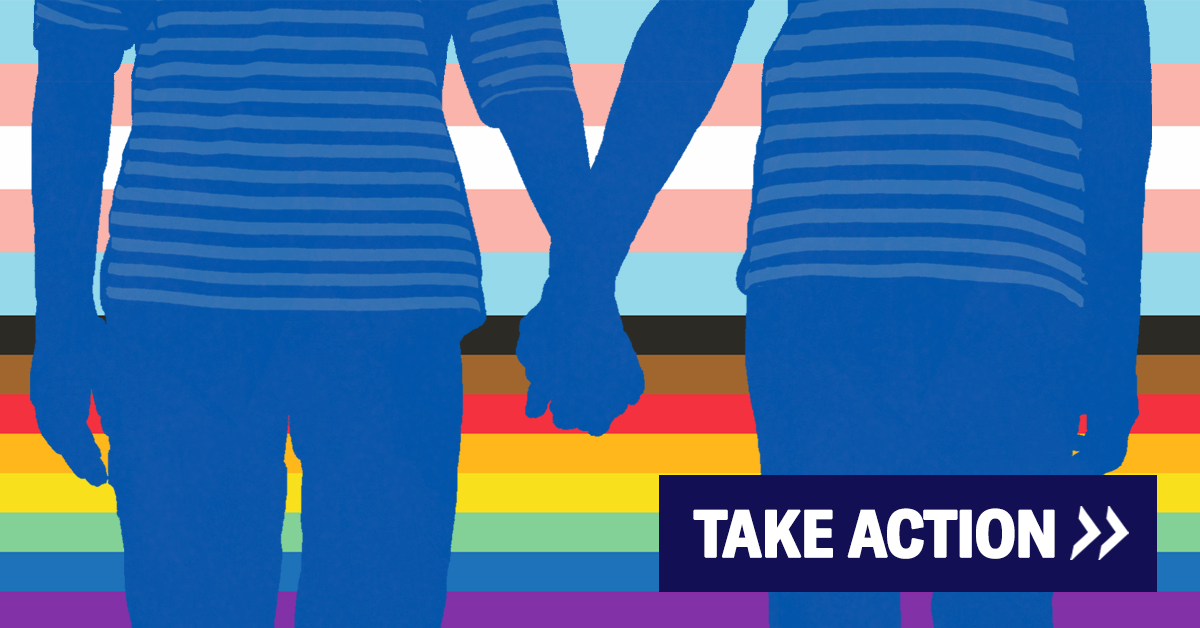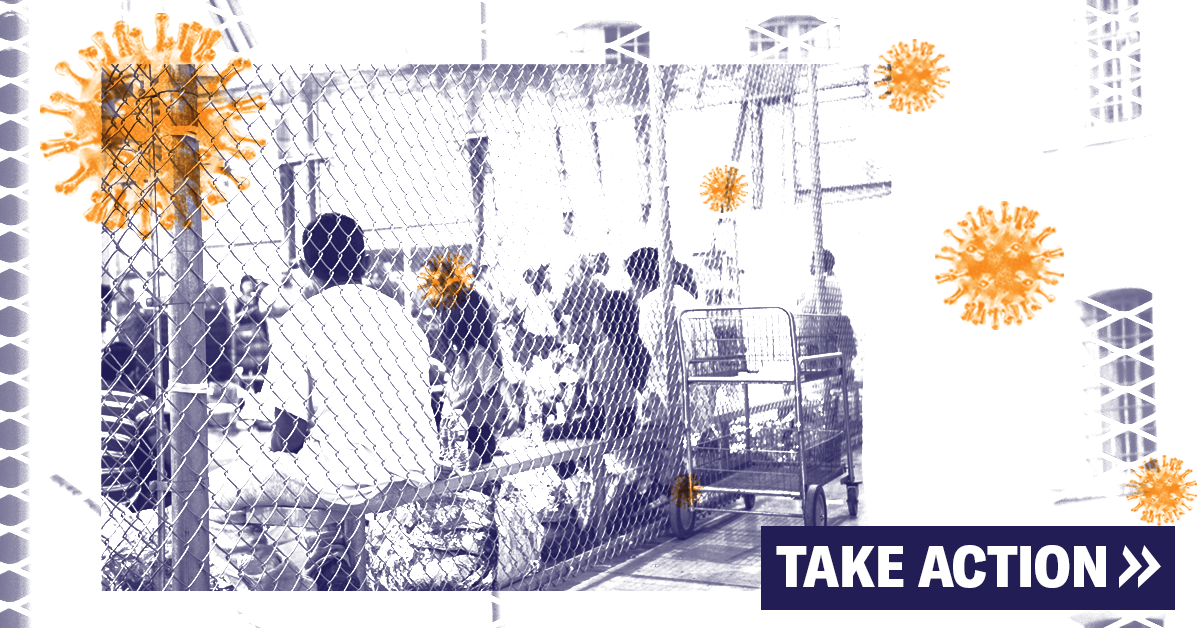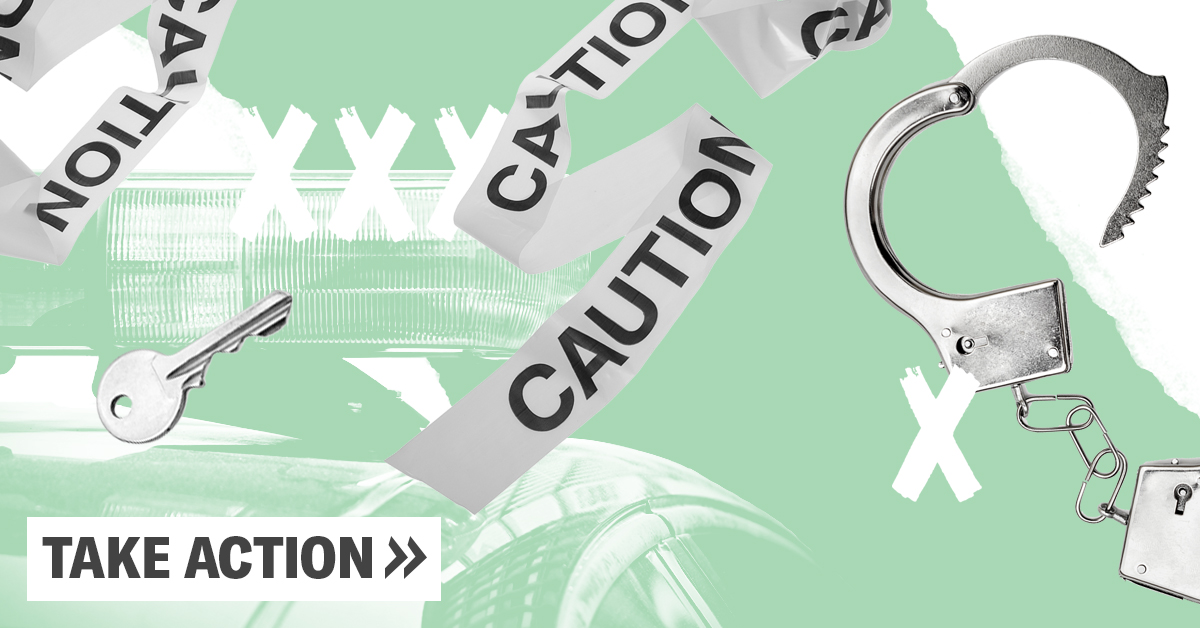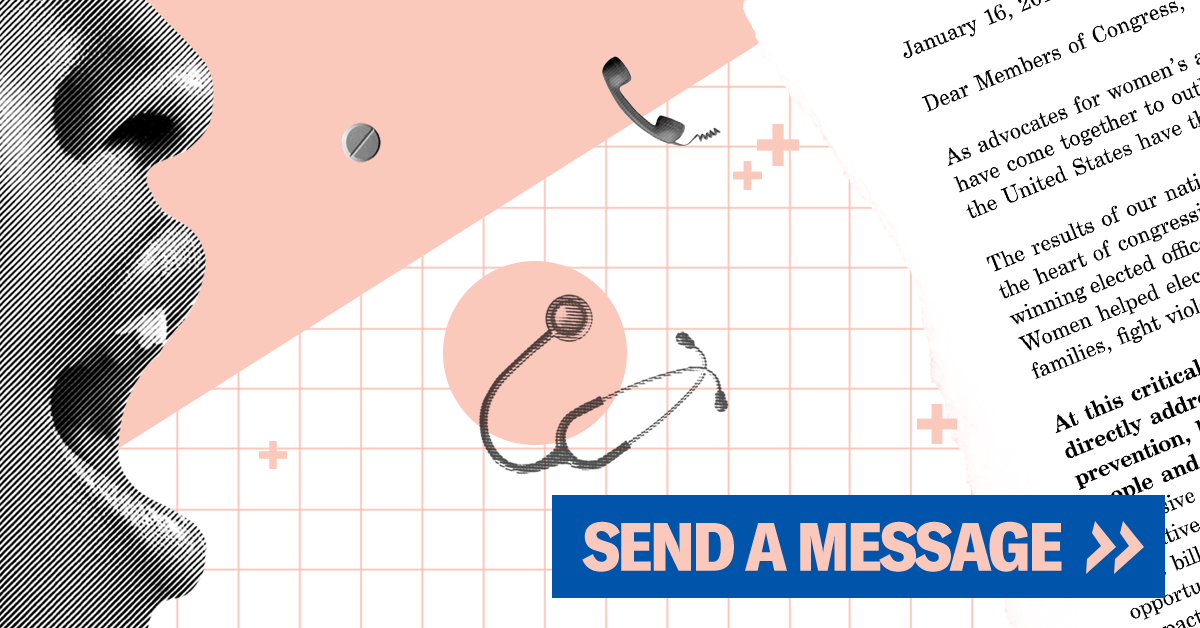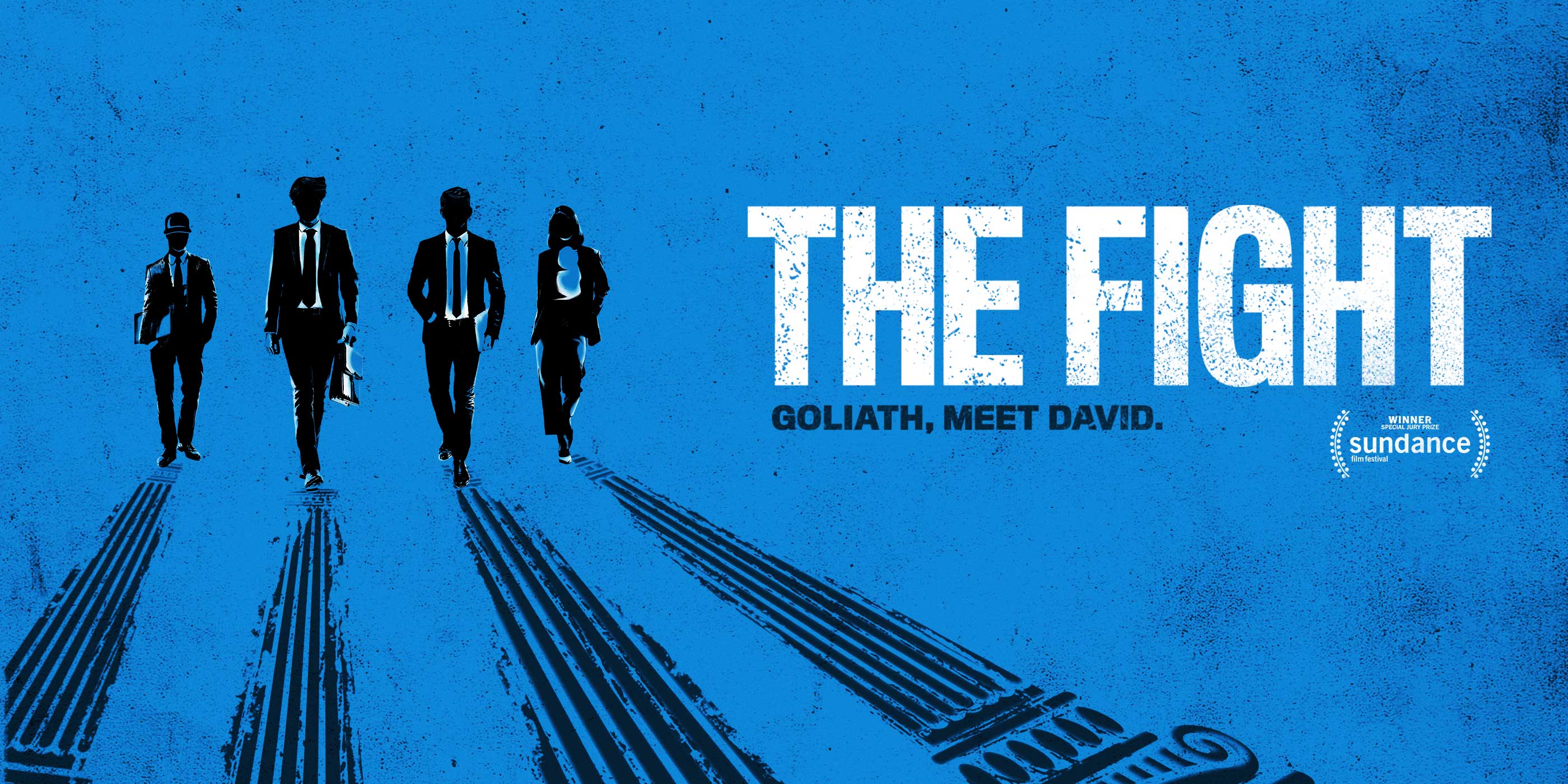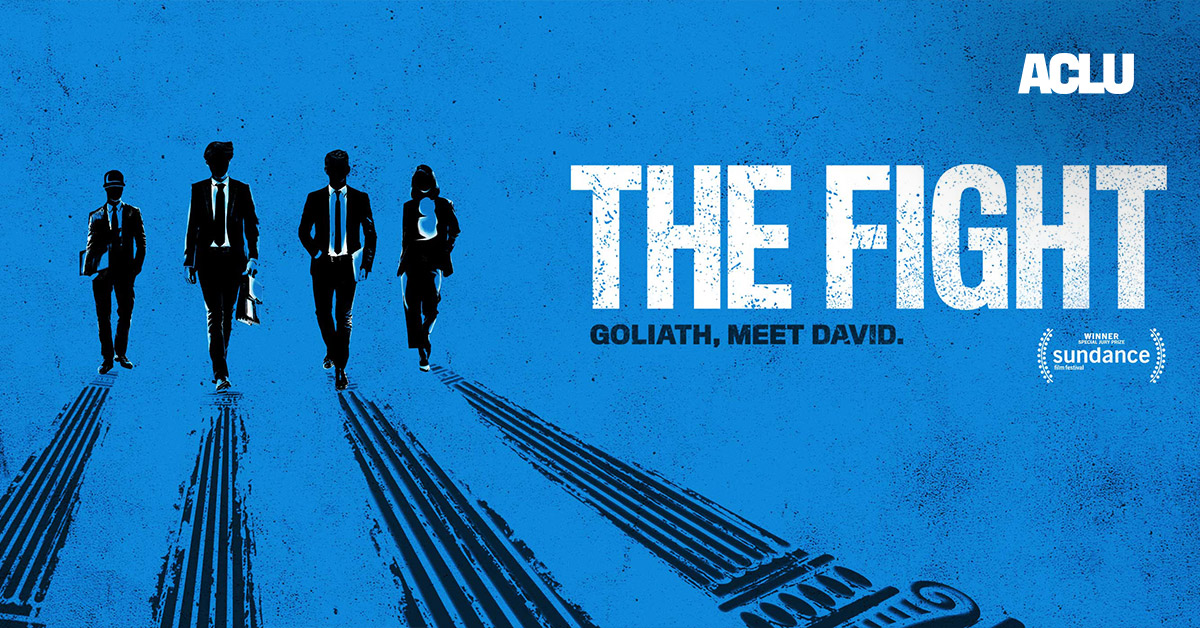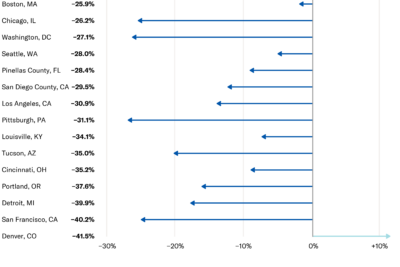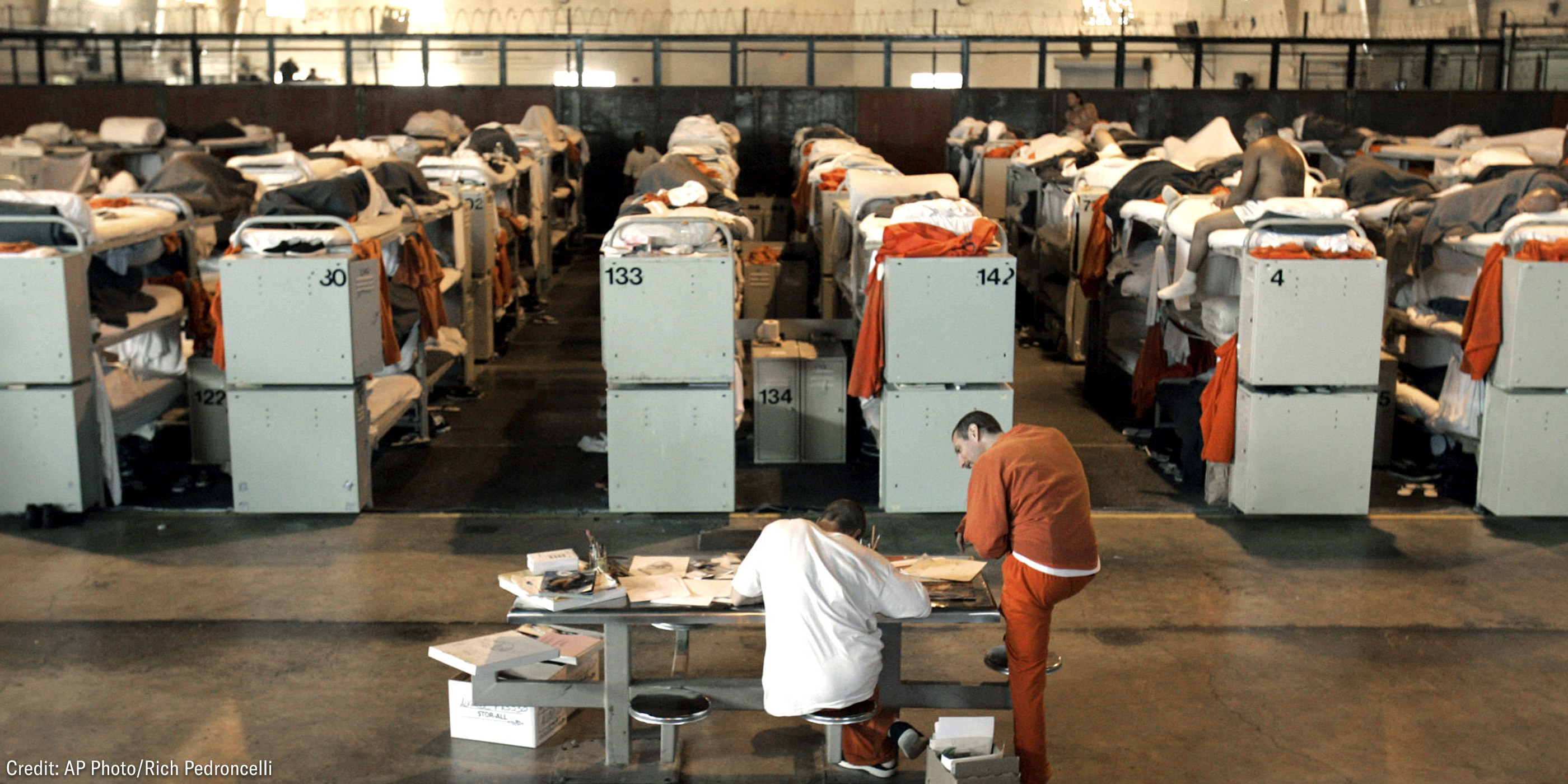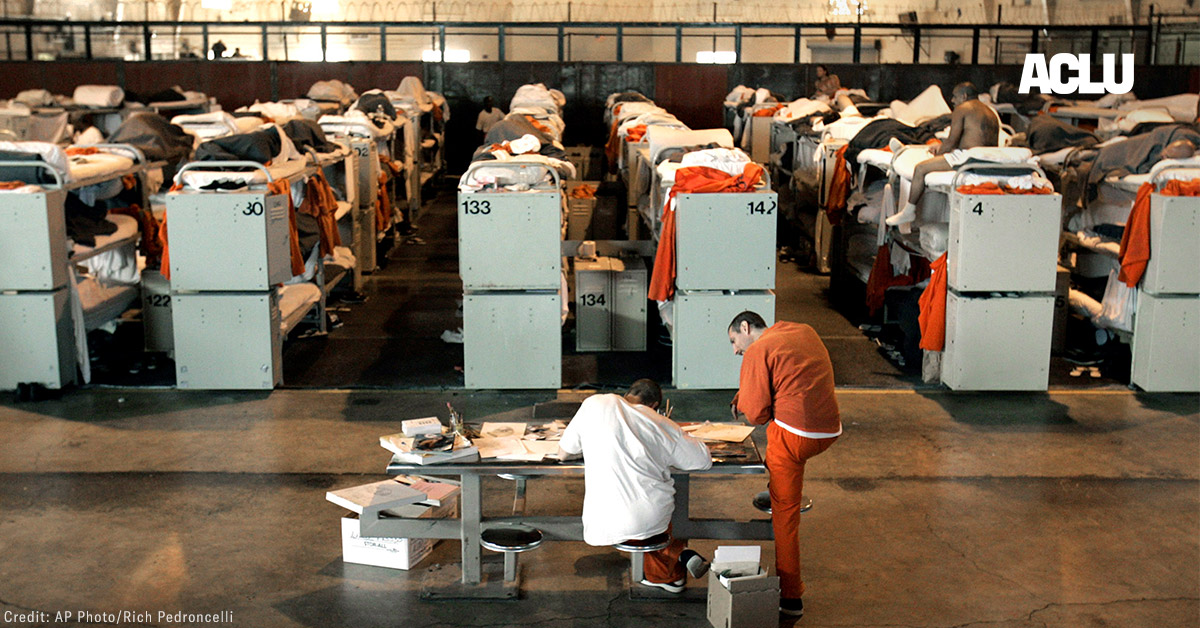The recent spikes in COVID-19 cases across the country are a stark reminder that the pandemic is still very much with us. As John Oliver recently noted, nowhere is that more true than in jails and prisons. The top five clusters of cases in America, and eight of the top 10, are in corrections facilities. The reason is simple: Most law enforcement officials, judges, and lawmakers have been unwilling to use their capital to protect these apparently expendable human beings — even though doing so will protect all of us and help eradicate the virus faster. In other words, politics and fear have trumped public health and the Constitution, and now we’re all worse off.
In response to the pandemic, the ACLU has embarked on one of the largest legal and advocacy mobilizations in our history. Alongside our affiliates and partners, we have filed over 30 lawsuits and pressed advocacy in every state to release vulnerable detainees and force officials to implement social distancing, augment hygienic practices, and expand testing. By many accounts, we are winning. In response to these suits, officials have improved conditions inside and done so faster than they would have otherwise. This has unquestionably saved lives and slowed the spread of the virus.
For example, we sued Oakdale Federal Correctional Institution in Louisiana — where five men died in the two weeks before filing — and forced the Bureau of Prisons to accelerate its review of medically vulnerable prisoners for home confinement. When that effort failed and cases continued to spike, the warden was fired. Across the federal prison system, we have exposed Attorney General Bill Barr and his BOP’s sluggish, cruel response to the pandemic, extracting improved conditions, teeing up compassionate release petitions, and spurring a Congressional investigation.
We also sued the Dallas County Jail for failing to protect incarcerated people from a rapidly-spreading COVID-19 outbreak. Immediately after we filed, people living and working at the jail described a “scurry of activity,” once jail officials realized their actions would come under scrutiny. Masks were distributed for the first time, sanitation measures adopted, and soap and hand sanitizer provided. We elicited testimony revealing that county officials were refusing to release sick people even after they had paid their bail, and successfully pressed for their release upon uncovering this practice.
In Memphis, Tennessee, we sued the Shelby County Jail a day after jail officials forced dozens of people who had tested positive for COVID-19 back into general housing, and pepper sprayed those who protested the move out of what they felt was a moral obligation not to infect others. While the case is ongoing, the jail has been ordered to undergo an independent inspection and produce a list of the many medically-vulnerable people it is incarcerating in the midst of this deadly pandemic.
Despite these victories, not all judges have risen to the occasion. For example, the federal prison at Butner, North Carolina houses some of the sickest and most COVID-vulnerable people in the federal system. By mid-June, 21 people were dead and more than 600 had tested positive. The judge called these numbers “tragic,” and yet held that they were somehow not proof that the prison had acted unconstitutionally — even though one of the leading Supreme Court cases in this arena requires wardens to prevent the spread of communicable disease. There are now 26 dead at Butner, including one staff member. In another case, a federal court of appeals even ruled that it was too harmful to the jail to require officials to provide soap and disinfecting supplies to incarcerated people, because the county may feel it is better to divert those supplies elsewhere. And in the Oakdale case mentioned above, a federal judge ultimately ruled against the prisoners in part because he was afraid of becoming a “superwarden” of the facility.
These and other judges have defied public health consensus and denied the limited remedy of temporary release. Some of those who even considered release down the road have been promptly reversed or stayed, including by the U.S. Supreme Court.
These disappointing decisions on the question of detainee release highlight two fundamental problems. First, lawmakers have deliberately stripped incarcerated people of the ability to have their day in court through procedural barriers such as the Prison Litigation Reform Act and the Antiterrorism and Effective Death Penalty Act. Both laws make it much more difficult for incarcerated people to seek release from unlawful imprisonment. Second, judges have placed unjustified faith in the machinery of incarceration and deferred to officials who, for far too long, have subjected our clients to inhumane conditions out of plain sight.
Together, these factors allow judges tasked with the difficult work of evaluating these cases to adopt a hands-off approach to enforcing the law, and to avoid facing the tragic reality of mass incarceration during a pandemic. The truth is that our clients are being subjected to unconscionable conditions and are unable to keep themselves safe. They and their loved ones are terrified, and the Constitution requires judges to protect them.
This reticence to do what is right — this state-sanctioned relegation of human bodies, especially Black bodies, to death and disease — is not specific to COVID-19 and cannot be assessed in a vacuum. Unfortunately, we have long had a legal system fueled by structural racism that devalues “violent convicts” (never mind that many are neither violent nor convicted). At every turn, our system is animated by the dehumanization and criminalization of people, particularly people of color. This gives cover to judges when they fail to grant meritorious COVID-19 emergency requests. This enables prosecutors to bring aggressive and unnecessary charges against people to coerce them into pleading guilty instead of exercising their right to trial.
Most recently, this racism and subverting of humanity led to a Minneapolis police officer to crush George Floyd’s windpipe and kill him. It allowed an Attorney General to kneecap the federal consent decrees that attempt to prevent such killings. It allowed white vigilantes to hunt down Ahmaud Arbury on a jog. This same racism and inhumanity allowed a future president to call for the death penalty for five innocent Black boys in Central Park. And it allowed our jails and prisons to fill up with 2.2 million people in the first place, making them so crowded and filthy that COVID-19 will always be a problem — unless judges, jailers, police, prosecutors, and politicians are forced to confront this systemic human devaluation head on.
This fight to prevent people from dying of COVID-19 in jails and prisons is just one urgent component of the broader movement to end mass incarceration, over-policing, and state-sanctioned anti-Black violence. This work in and out of the courts — including in Congress, in statehouses nationwide, and at the ballot box — must continue until no human life is treated as expendable by our governments.
Somil Trivedi, Senior Staff Attorney, ACLU Criminal Law Reform Project,
& Andrea Woods, Staff Attorney, ACLU Criminal Law Reform Project
Date
Monday, July 27, 2020 - 11:00amFeatured image
